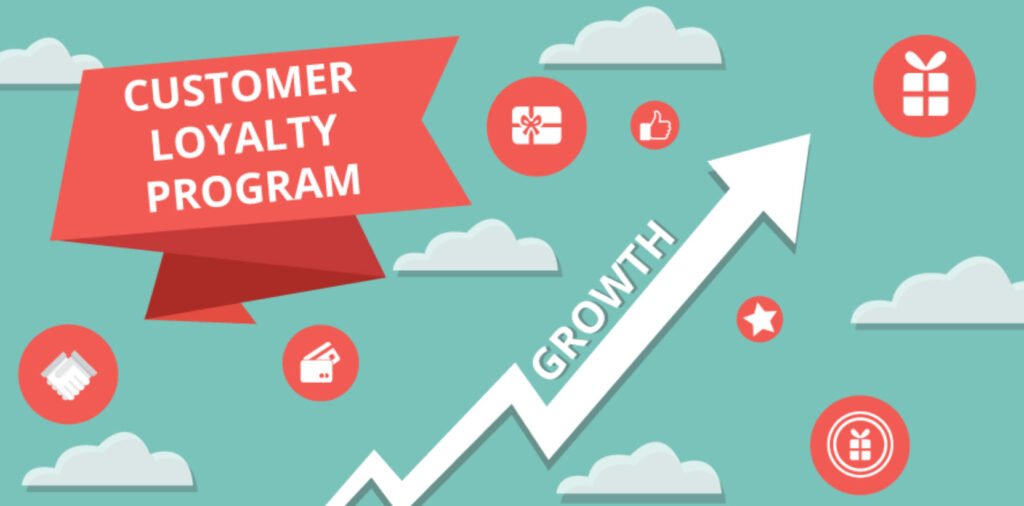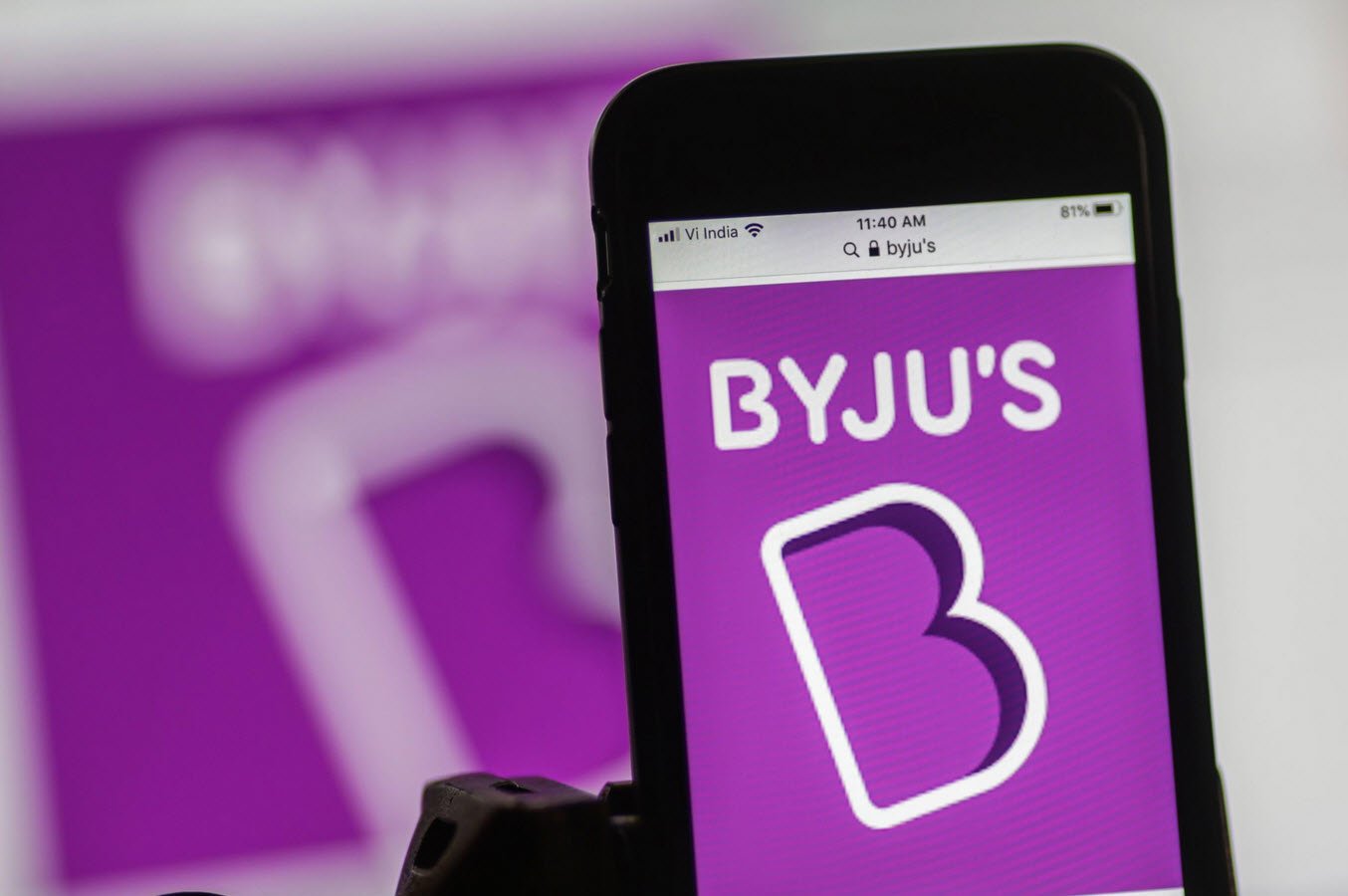
In the competitive landscape of today’s business world, acquiring new customers is essential for growth. However, ensuring customer loyalty is equally, if not more, important. A loyal customer base not only provides a steady stream of revenue but also acts as brand advocates, attracting new customers through positive word-of-mouth.
Building customer loyalty requires a well-crafted strategy, one of which includes implementing a formal customer loyalty program.
The Importance of Customer Loyalty
Customer loyalty is a critical factor for the success and sustainability of any business. Loyal customers tend to make repeat purchases, which in turn increases revenue and profitability. Moreover, loyal customers are more likely to refer others to your business, amplifying your customer base. Moreover, the cost of retaining existing customers is often lower than acquiring new ones, making customer retention a financially sound strategy.
Key Elements of Customer Loyalty
Quality Products and Services at the Right Price: The foundation of customer loyalty begins with offering high-quality products or services that meet or exceed customer expectations. Pricing these offerings competitively ensures value for the customer.
Outstanding Customer Service: Providing exceptional customer service is paramount. Customers should feel valued and supported throughout their journey with your business, from the first point of contact to post-purchase interactions.
Implementing a Customer Loyalty Program
A customer loyalty program is an effective way to encourage repeat business and foster long-term relationships with your customers. Here are various formats commonly used in loyalty programs:
1. Buy-Ahead Discounts
Buy-ahead discounts offer immediate rewards to customers by providing discounts on future purchases. This strategy incentivizes customers to continue engaging with your business to avail the discounts offered.
2. Purchase-Level Rewards
This approach involves offering gifts, discounts, or services when customers reach specific spending levels. It motivates customers to spend more to unlock valuable rewards.
3. Rebates Against Accumulated Purchases
Customers are rewarded for purchases made, usually in the form of a year-end check. This approach gives customers a sense of earning back a portion of their spending.
4. VIP Member Offers
Customers who join a loyalty club or program, often by paying a fee, receive exclusive benefits. These benefits can range from free shipping to redeemable points for various purchases.
5. Shared-Value Programs
Loyalty is cultivated by aligning with issues of value to customers. For instance, a clothing manufacturer can offer discounts to customers who return used clothes for distribution to those in need, promoting social responsibility.
6. Gamification Programs
Incorporating game-like elements such as stars, badges, or leaderboards can motivate customers to engage with your business. Rewards tied to purchases, referrals, or engagement further encourage desired activities.
7. Upgrades and Special Treatments
Offering unexpected perks or special treatments beyond the product or service being sold, like birthday gifts or surprise freebies, can create a sense of personalized care and appreciation.
Conclusion
Customer loyalty is a multifaceted goal that encompasses delivering quality products, exceptional customer service, and an effective loyalty program. Understanding your customers’ needs and preferences is key to designing a loyalty program that resonates with them.
By implementing a customer loyalty program that offers meaningful incentives and benefits, you can not only retain customers but also strengthen their loyalty to your brand, fostering lasting relationships that will drive business growth in the long run.
You may also like:- 14 Dirty Little Secrets That Will Boost Your Productivity
- Prove Lack of Funds or Face Audit – NCLT’s Directive to Byju
- How to Validate Your Business Idea Before Investing Time and Money
- Warren Buffett Eyes ‘Unexplored’ Opportunities in India
- Reliance Industries’ Wyzr – A New Contender in Consumer Electronics
- 5 Reasons Why Feedback is Important
- Breaking News: Republic First Bank Collapses, Seized by Regulators
- Ashneer Grover’s Another Inning in Fintech with ZeroPe App
- ITR E-Filing AY 2024-25 – Key Things to Keep in Mind
- 10 High Value Transactions That May Trigger a Notice From Income Tax Department








